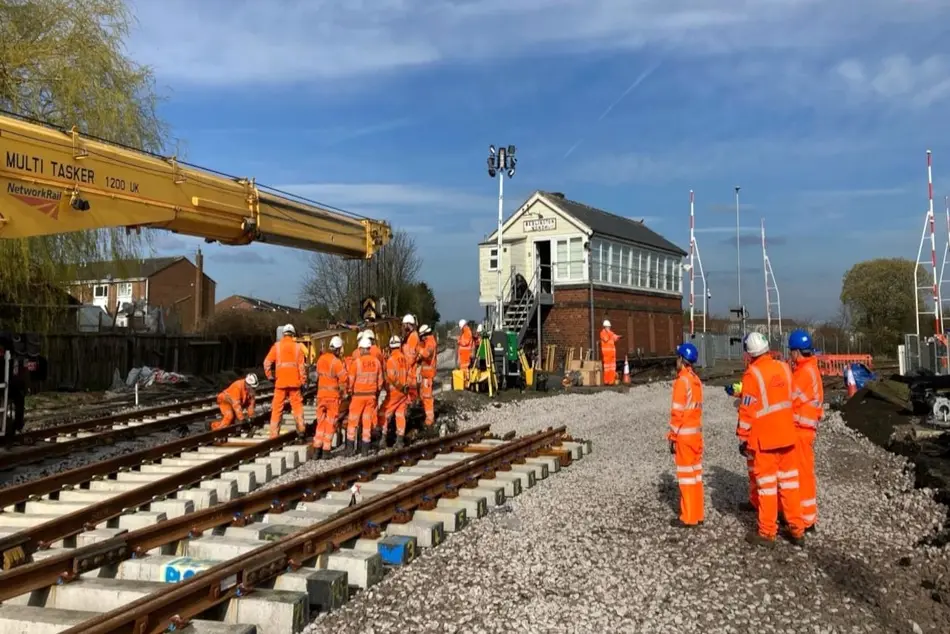Why data management is key to rail asset management
In the rail industry, asset management has historically been synonymous with the management of physical assets by dedicated teams of highly experienced practitioners and localised ownership of the asset base.

In the rail industry, asset management has historically been synonymous with the management of physical assets by dedicated teams of highly experienced practitioners and localised ownership of the asset base.
Data was considered to be of limited functional use or even an administrative burden, used only to fulfil regulatory requirements rather than being a valuable asset in its own right.
Today, managing data assets has become just as business-critical as managing physical assets. To support the digital transformation of the rail industry, physical and data assets must be viewed as equally important elements serving different purposes.
The physical asset enables the operation of the railroad and generates revenue. At the same time, the data asset is used to understand asset characteristics, conditions, and capabilities, enabling safe and efficient network operation.
The changing nature of asset management
Every inspection, service call and sensor reading can initiate an operational response while also contributing to a valuable dataset that can be used to create actionable insights for predictive maintenance, future planning and cost optimisation.
To ensure such data provides an accurate, real-time representation of the physical asset, the data must be governed. It must be carefully designed, created, maintained, and retired – as it has its own lifecycle, similar to that of the physical asset.